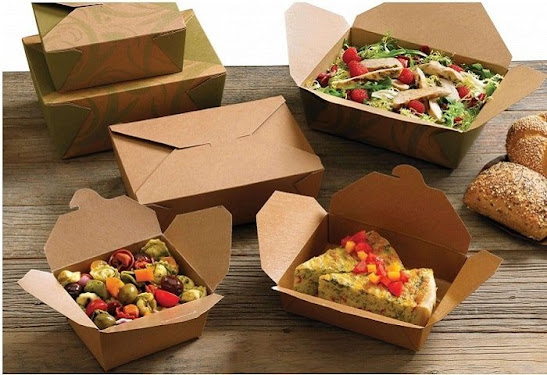What are the different types of food packaging materials commonly used?

Food packaging plays a crucial role in preserving the quality and safety of food products while also enhancing their shelf appeal. Over the years, various packaging materials have been developed to cater to different food items, ensuring they reach consumers in optimal condition. In this article, we will delve into the different types of food packaging materials commonly used, their properties, and their environmental impact. Plastic Packaging Polyethylene Terephthalate (PET) PET is one of the most widely used plastic materials for food packaging. It is lightweight, transparent, and has excellent barrier properties against oxygen and carbon dioxide, making it ideal for beverages, sauces, and condiments. However, PET is not suitable for hot-fill products and may leach chemicals when exposed to high temperatures. High-Density Polyethylene (HDPE) HDPE is a sturdy and rigid plastic commonly used for packaging milk, juices, and other liquids. It provides good resistance to impact and...

